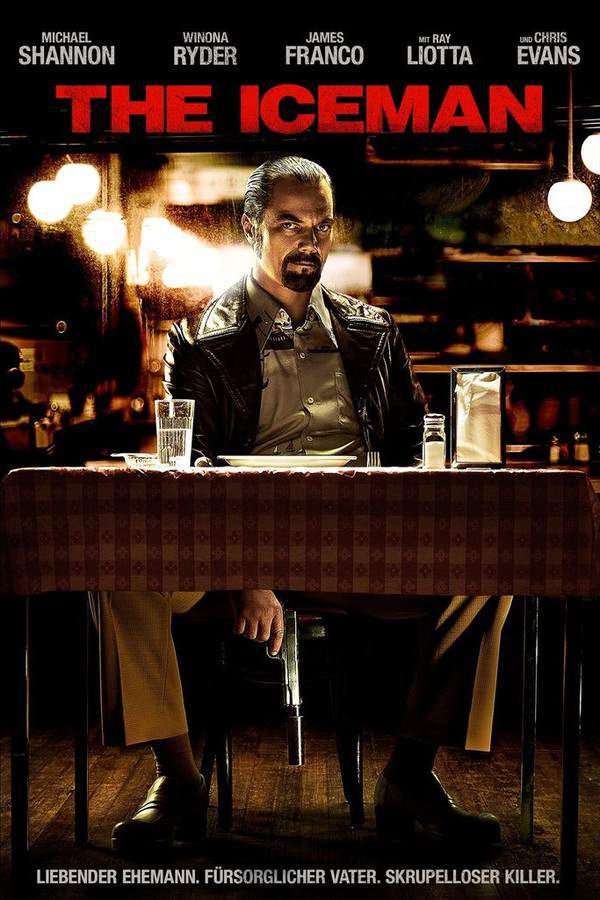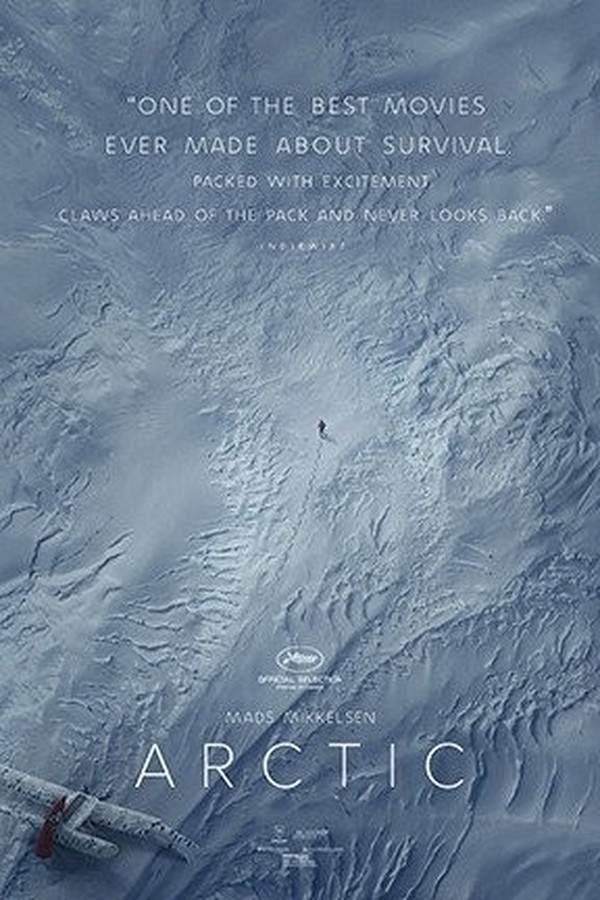
Iceman
Year: 1984
Runtime: 100 mins
Language: English
Director: Fred Schepisi
When Arctic researchers thaw a 40,000‑year‑old stone‑age man found frozen in ice, they revive him in a high‑tech world. Anthropologist Dr. Stanley Shephard seeks to befriend the Iceman and uncover his past, while Dr. Diane Brady and her surgical team pursue the scientific secret that could allow humans to survive in a frozen state.
Warning: spoilers below!
Haven’t seen Iceman yet? This summary contains major spoilers. Bookmark the page, watch the movie, and come back for the full breakdown. If you're ready, scroll on and relive the story!
Iceman (1984) – Full Plot Summary & Ending Explained
Read the complete plot breakdown of Iceman (1984), including all key story events, major twists, and the ending explained in detail. Discover what really happened—and what it all means.
Anthropologist Dr. Stanley Shephard is brought to an Arctic research base when explorers uncover the frozen remains of a Neanderthal caveman who has slept for 40,000 years. After thawing the specimen to perform an autopsy, the team notices brainwaves on the EEG monitor and manages to resuscitate the iceman, a moment that shifts the project from mere preservation to active study.
The revived caveman is bewildered by the masked scientists; only Shephard dares to remove his own covering, revealing a human, bearded face that helps the iceman settle into a peaceful, if unsettled, sleep. The scientists place the survivor in an artificial, controlled environment designed to simulate life, but Charlie quickly senses he is far from home.
Shephard believes the caveman’s culture could illuminate how the human body adapts to extreme conditions, pointing to ceremonies like firewalking as potential clues. Other researchers imagine the iceman’s DNA might unlock extraordinary medical possibilities, including the notion of “freezing” the sick until treatment becomes possible. Yet Shephard remains haunted by a larger question: is this man still a person, or a living specimen to be examined?
Determined to treat the iceman as a fellow human being, Shephard initiates a personal exchange with him, and the two form a tentative bond. He names the man Charlie after the caveman introduces himself with a clipped, unfamiliar syllable like “Char-u.” As communication grows, a linguist is brought in to help, and the scientists gradually begin to understand Charlie’s world. The exchange becomes more intimate when Shephard introduces Dr. Diane Brady, a colleague who helps translate the ideas and emotions that Charlie projects through drawings and gestures. Charlie’s lines in the sand hint that he was once married with children, deepening the sense that this is a life with meaning beyond science.
Charlie’s inner life is revealed as more than primitive instinct; Inuit elders recognize the name he chants and explain that it refers to a mythical bird, a messenger for the gods. From this, Shephard begins to glimpse a spiritual dimension to Charlie’s experience, suggesting that he was on a dreamwalk—a pilgrimage to redemption for a people facing a brutal ice age.
The emotional stakes rise when Charlie escapes briefly, frightened by unfamiliar technology, and accidentally spears Maynard, a base technician, before being recaptured. Despite the risk, Shephard chooses to help Charlie escape into the wild, believing that a return to nature may be essential for him. The pursuit leads them across glaciers and crevasses, with a helicopter hovering overhead as if the modern world itself is an obstacle to Charlie’s quest.
In the climactic moment, Charlie grabs onto a landing ski as the helicopter climbs, convinced that the “messenger” is taking him to his god. The pilot pulls away, and Charlie dangles in the air before slipping free, plunging toward a seemingly certain death. Yet what begins as tragedy becomes a hard-won triumph of faith: Charlie has reached his dreamwalk, a goal he pursued for 40,000 years, even at the cost of his own life.
Across the foreground of scientific ambition and personal conviction, the story leaves a quiet resonance: the boundary between humanity and spectacle is porous, and some journeys—no matter how ancient—demand not just study, but reverence for the lives touched along the way.
Last Updated: October 09, 2025 at 14:48
Unlock the Full Story of Iceman
Don't stop at just watching — explore Iceman in full detail. From the complete plot summary and scene-by-scene timeline to character breakdowns, thematic analysis, and a deep dive into the ending — every page helps you truly understand what Iceman is all about. Plus, discover what's next after the movie.
Iceman Timeline
Track the full timeline of Iceman with every major event arranged chronologically. Perfect for decoding non-linear storytelling, flashbacks, or parallel narratives with a clear scene-by-scene breakdown.

Similar Movies to Iceman
Discover movies like Iceman that share similar genres, themes, and storytelling elements. Whether you’re drawn to the atmosphere, character arcs, or plot structure, these curated recommendations will help you explore more films you’ll love.
Explore More About Movie Iceman
Iceman (1984) Scene-by-Scene Movie Timeline
Iceman (1984) Movie Characters, Themes & Settings
Iceman (1984) Spoiler-Free Summary & Key Flow
Movies Like Iceman – Similar Titles You’ll Enjoy
Iceman: The Time Traveler (2018) Ending Explained & Film Insights
Iceman (2014) Plot Summary & Ending Explained
The Man from Beyond (1922) Detailed Story Recap
The Iceman Cometh (1989) Film Overview & Timeline
Ice Queen (2005) Spoiler-Packed Plot Recap
Absolute Zero (2006) Detailed Story Recap
The Thing (2011) Ending Explained & Film Insights
The Thaw (2009) Film Overview & Timeline
The Thing (1982) Movie Recap & Themes
Frozen Alive (1964) Movie Recap & Themes
Ice Spiders (2007) Full Movie Breakdown
Arctic (2019) Full Summary & Key Details
Alien Hunter (2003) Full Movie Breakdown
Deep Freeze (2002) Complete Plot Breakdown
Against the Ice (2022) Story Summary & Characters

















